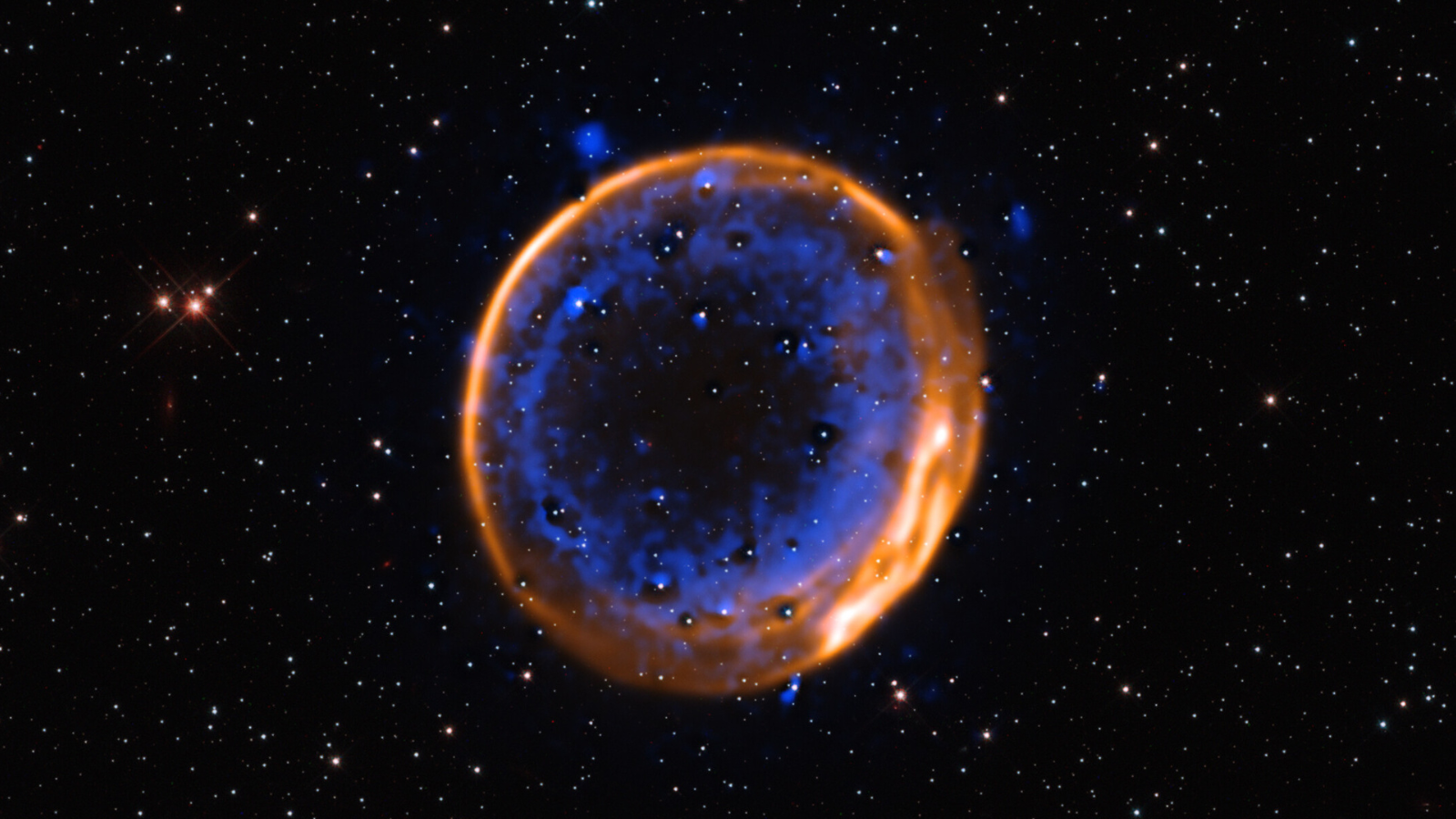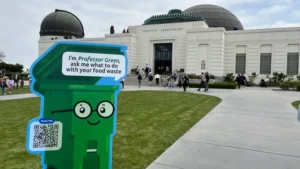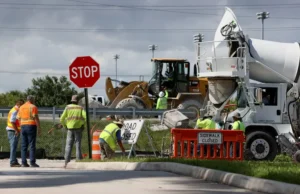Key Takeaways
- Astronomers observe the first visual evidence of a double-detonation in a white dwarf, offering new insights into stellar explosions.
- The findings challenge existing theories about supernovae, suggesting some may explode without reaching the Chandrasekhar limit.
- This discovery enhances understanding of Type Ia supernovae, which are crucial for measuring cosmic distances.
New Insights into Stellar Explosions
Astronomers have uncovered the first visual evidence of a double-detonation event involving a white dwarf star. This discovery, made using the Very Large Telescope (VLT) and its Multi Unit Spectroscopic Explorer (MUSE) instrument, involved examining the remnants of supernova SNR 0509-67.5, located 60,000 light-years away in the Dorado constellation.
The research indicates that this white dwarf, which forms when a star similar to the sun exhausts its nuclear fuel, exploded not just once, but twice. Type Ia supernovae, typically associated with white dwarfs, are significant because their consistent light output allows astronomers to measure cosmic distances, earning them the nickname “standard candles.”
Team leader Priyam Das from the University of New South Wales highlighted the importance of these explosions in astronomical research, while also noting the unresolved question surrounding the exact mechanisms behind them. Traditionally, scientists believed Type Ia supernovae originate in binary star systems, with a white dwarf absorbing material from a companion star until it exceeds the Chandrasekhar limit of about 1.4 solar masses and subsequently detonates.
However, this new research supports the idea that some white dwarfs may experience a second explosion, raising further questions. The theory suggests that as the white dwarf siphons off material, it envelops itself in a layer of helium. When this layer becomes unstable, it ignites and triggers the first explosion. The resulting shockwave then creates conditions that ignite the core, leading to a second, more powerful supernova event.
Researchers emphasized that this double-detonation process can happen well before a white dwarf nears the Chandrasekhar limit. They recently identified a unique “fingerprint” left in supernova remnants by this process, which has now been visually confirmed in the wreckage of SNR 0509-67.5. This remnant, initially detected in 2004, is believed to be about 400 years old from our perspective.
The visual evidence of this double-detonation not only advances scientific understanding of white dwarfs and their explosive end but also provides spectacular images for astronomy enthusiasts. Das remarked that confirming this phenomenon contributes to solving an enduring mystery in astrophysics while offering a stunning visual spectacle.
The team’s findings were published in the journal Nature Astronomy on July 2, marking a significant milestone in the study of supernovae and their implications for understanding cosmic structures and distances.
The content above is a summary. For more details, see the source article.















